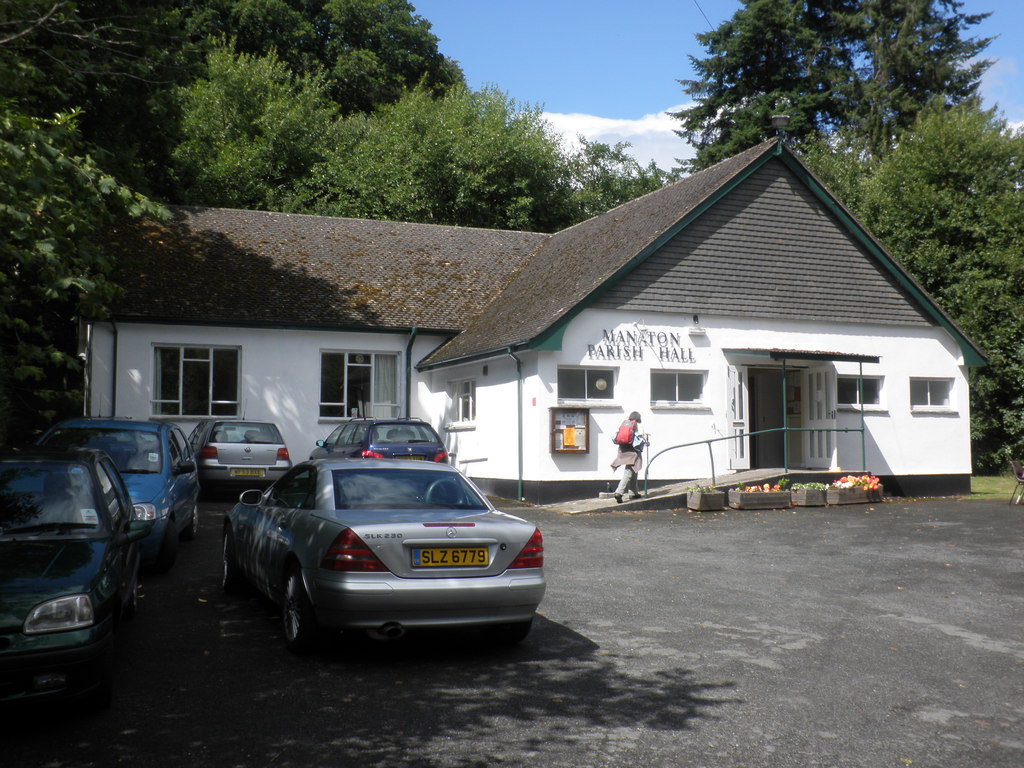Manaton on:
[Wikipedia]
[Google]
[Amazon]
 Manaton is a village situated to the southeast of
Manaton is a village situated to the southeast of
Manaton's home page
Dartmoor Villages in Devon {{Devon-geo-stub
 Manaton is a village situated to the southeast of
Manaton is a village situated to the southeast of Dartmoor
Dartmoor is an upland area in southern Devon, England. The moorland and surrounding land has been protected by National Park status since 1951. Dartmoor National Park covers .
The granite which forms the uplands dates from the Carboniferous P ...
National Park, Devon
Devon ( , historically known as Devonshire , ) is a ceremonial and non-metropolitan county in South West England. The most populous settlement in Devon is the city of Plymouth, followed by Devon's county town, the city of Exeter. Devo ...
, England.
The 15th-century church, located in a prominent spot due north of the village green, is dedicated to St Winifred. Three of the six bells in its tower are medieval
In the history of Europe, the Middle Ages or medieval period lasted approximately from the late 5th to the late 15th centuries, similar to the post-classical period of global history. It began with the fall of the Western Roman Empire ...
– markings on the oldest indicate that it dates back to around 1440–1450, making them at least as ancient as the tower. They are still being rung today on a regular basis by the local team of bellringers. Its rood screen was carved in around 1500, but as is the case with many old English Churches, the figures, both painted and carved in wood, were defaced during the Reformation
The Reformation (alternatively named the Protestant Reformation or the European Reformation) was a major movement within Western Christianity in 16th-century Europe that posed a religious and political challenge to the Catholic Church and in ...
. Much of the original screen does still exist however, its wood carving having been first restored by the Pinwill sisters in the late nineteenth century and again in 1981 by the late Anna Hulbert.
A granite
Granite () is a coarse-grained ( phaneritic) intrusive igneous rock composed mostly of quartz, alkali feldspar, and plagioclase. It forms from magma with a high content of silica and alkali metal oxides that slowly cools and solidifies under ...
cross once stood in the churchyard, but was destroyed in the mid-19th century by the vicar, Rev. John Charles Carwithen. He did so because he disapproved of what he considered to be a superstitious custom of carrying coffins three times around the cross before burial.
In 1890 and 1892, extensive restoration work was carried out by the prolific church architect George Fellowes Prynne
George Halford Fellowes Prynne (1853–1927) was a Victorian and Edwardian English church architect. Part of the High Church school of Gothic Revival Architecture, Prynne's work can be found across Southern England.
Biography Early life
George Ha ...
. Prynne's brother, Edward Arthur Fellowes Prynne, a notable late Pre-Raphaelite artist and designer, created the painted panels in the reredos behind the altar.
Between 1903 and 1923, the writer John Galsworthy and his wife Ada Galsworthy frequently stayed in a farmhouse called Wingstone in the village. It was here that he was inspired by the nearby Jay's Grave
Jay's Grave (or Kitty Jay's Grave) is supposedly the last resting place of a suicide victim who is thought to have died in the late 18th century. It has become a well-known landmark on Dartmoor, Devon, in South-West England, and is the subject ...
and its legend to write his short story ''The Apple Tree'' in 1916.
Manaton was known as the `ton in local dialect.
See also
* Corpse road * Ambrose Manaton, a Cornishman, was an MP for Launceston, Cornwall * Villages in England *Dartmoor National Park
Dartmoor is an upland area in southern Devon, England. The moorland and surrounding land has been protected by National Park status since 1951. Dartmoor National Park covers .
The granite which forms the uplands dates from the Carboniferous P ...
References
External links
Manaton's home page
Dartmoor Villages in Devon {{Devon-geo-stub